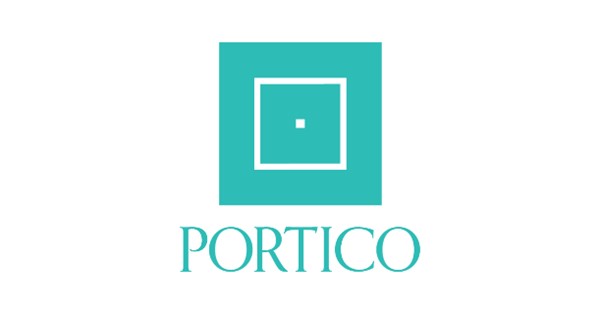Subject Area
Craniocervical junction
Article Type
Clinical Study
Abstract
Background Data: Transpedicular screw is an important fixation technique of axis. It does not depend on intact posterior components like sublaminar wires or translaminar screws. Unlike transarticular screw, transpedicular screw provides segmental fixation so each screw is inserted independently. Moreover, it is biomechanically superior to other fixation methods. However, high arched vertebral artery groove (VAG), an anatomical variant may be present unilaterally up to 18 % of cases, presents a challenge that makes screw insertion hazardous due to risk of vertebral artery injury.Purpose: The aim of this work is to assess the safety, feasibility and limitations of a new free-hand technique of direct posterior screw insertion into axis body in case of C2 high arched VAG. Study Design: An anatomical-surgical study.Material and Methods: The morphology of C2 VAG was studied in 30 dry axis vertebrae. Results: High arched VAG was noted in (13.3%) of studied axis vertebrae (8 sides). In these 6 axis vertebrae with high arched VAG (2 bilateral and4 unilateral), 8 screws were successfully inserted directly into the pedicle vertebral body interface with bicortical purchase. The entry point was 3-5 mm inferior to the superior facet of axis. The average screw angulation was 40±3.7° medially and 5.6±3.5° rostrally. The average screw length was 25.9±3.3mm while the average bone purchase distance inside axis body was 17.3±1.5mm. Conclusion: The direct posterior screw insertion into axis body is a feasible technique in case of high arched VAG, but further investigations are needed to assess the technique biomechanically and clinically. (2015ESJ093)
Keywords
Axis Fixation, Direct body screw, High Arched Vertebral Artery Groove, Transpedicular screws
How to Cite This Article
El-Gaidi, Mohamed
(2015)
"Free Hand Direct Posterior Screw Insertion into Axis Body in High Vertebral Artery Groove,"
Advanced Spine Journal: Vol. 16
:
Iss.
1
, Article 1.
Available at: https://doi.org/10.21608/esj.2015.3975




















